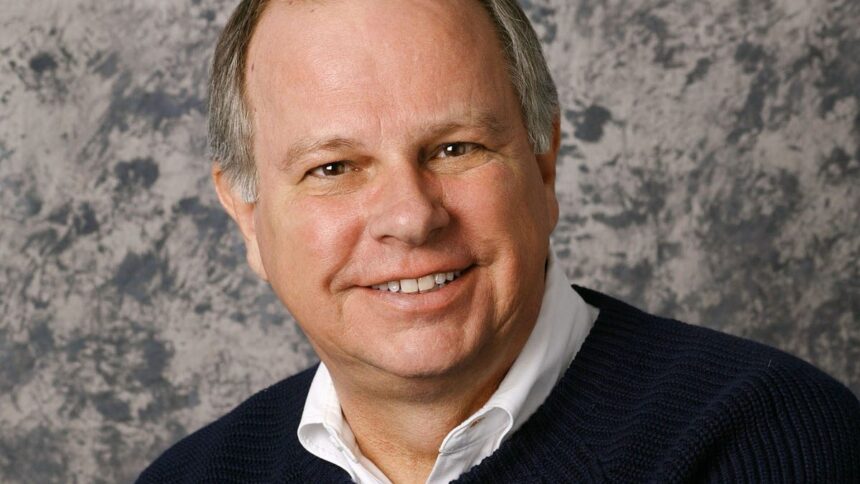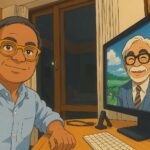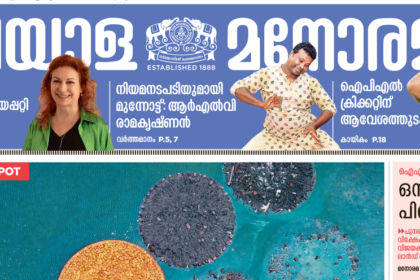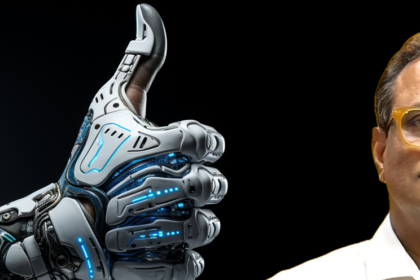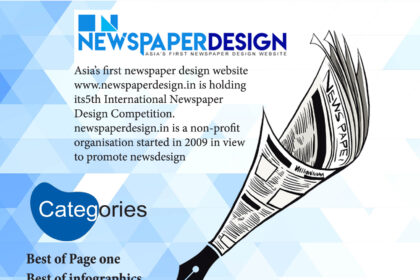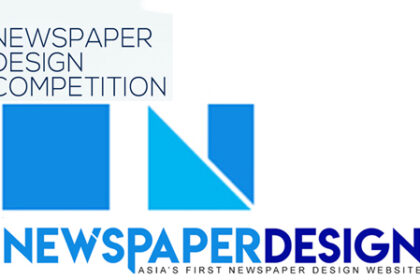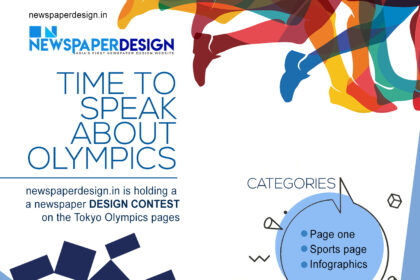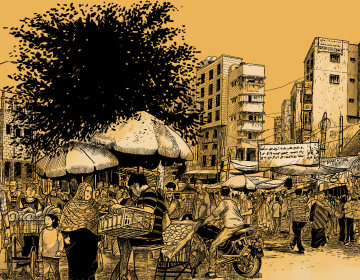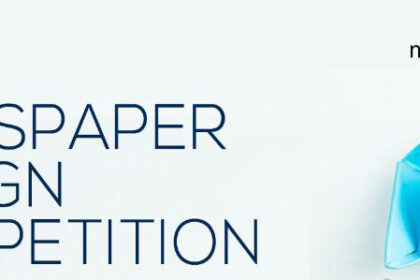A graduate of North Carolina State University’s College of Design, where he remained active in later years, Curtis was a veteran of newspapers in Baltimore, Miami and St. Petersburg, Florida. He was a co-founder of the Society for News Design in 1979, before joining USA TODAY in 1982.
“Richard had a profound impact on journalism and the journalists who worked with him,” said Nicole Carroll, USA TODAY editor in chief, who was hired by Curtis in 1995 as a graphics reporter. “He was a visionary. His work, his ambition and his spirit live on in our newsroom and in the pages of USA TODAY.”
“Richard Curtis changed the playbook for news designers,” said Matt Mansfield, CEO of MG Strategy + Design. “His pioneering work at USA TODAY ushered in more than a robust use of color and explanatory graphics. Richard pushed news storytelling toward greater clarity and brevity. I always thought of Richard as a fierce advocate for busy readers.”
“He gave it his all,” said Mario R. Garcia, founder of Garcia Media. “The work Richard carried out at USA TODAY convinced journalists that a story could be better when words and visuals come together.”
Staffers who worked on the front lines with Curtis say his storytelling mantra never varied, whether it was a dramatic full-page look inside the Statue of Liberty for its centennial in 1986, or the small “Snapshot” charts of American ephemera such as hotdog consumption, by the billions of pounds, every Fourth of July.
“Explain and educate by illustration,” remembered graphics reporter Joan Murphy. “He challenged us to make each one clear and concise, and less wordy. He was a champion of the art.”
“I remember him saying, ‘if the graphic doesn’t tell a story and add value, it will not run,’” said former Page One designer Dash Parham, now at Air Force Magazine.
“He made all of us better journalists and I don’t know how any of us, especially me, would have survived the early days of USA TODAY without him,’’ said Henry Freeman, former Sports managing editor at the paper. “We were making it up as we went, thinking outside the box, and innovating and no one was better at it than he was.”
“Criticism from the journalism world was not kind,” recalled John Walston, former deputy managing editor at USA TODAY. “But working side by side with Richard I knew that every design, every graphic, every photo was driven with news in mind. He never flinched from that.”
By 2000, with online ascendant and the newspaper’s 80s-era look starting to feel dated and even garish, Curtis oversaw a reimagining of USA TODAY. He added more white space for ease of reading, reduced blocky boxes and primary colors, and generally went for a more sophisticated, “less ink” approach.
Most important, Curtis chose to go with a consistent typeface throughout the paper, from the boldest headlines to tiniest sports agate. The use of a single typeface saved designers “an enormous amount of time” that they could better use creatively, he said.
For all his design intensity, Curtis was also remembered as an approachable North Carolinian favoring plaid, button-down collars, a love of cars from vintage Porsches to go-karts and for playing classical music in his office while marking up proposed layouts. His studies at N.C. State were interrupted by a two-year stint in the Army’s 82nd Airborne Division, where his father had served in World War II.
Winner of numerous design awards, Curtis worked on local and national efforts to combat hunger, and he and his wife endowed the Richard Allen Curtis Fund for Design Students at N.C. State, where he was chairman of the university’s Board of Visitors.
Nanette Bisher, a former president of the Society of News Design, remembers working with Curtis at The Miami News. One panicky morning she was forced to substitute a black-and-white illustration because the color version could not be found by deadline.
![]()

